The Modern Data Platform Landscape
The world of enterprise data has undergone a dramatic transformation in recent years. Organizations now face unprecedented challenges in managing, processing, and analyzing massive volumes of data in real-time. In this evolving landscape, two platforms have emerged as clear leaders: Snowflake and Databricks. Each brings distinct capabilities and philosophies to solving modern data challenges.
The Evolution of Enterprise Data Needs
Today’s enterprises require far more than simple data storage solutions. They need platforms that can handle complex analytics, support machine learning operations, ensure regulatory compliance, and deliver real-time insights. This evolution has driven the development of sophisticated platforms that combine multiple capabilities under a single umbrella.
Snowflake: Revolutionizing Data Warehousing
Snowflake has fundamentally transformed the traditional data warehouse concept. According to Gartner’s 2024 Magic Quadrant, Snowflake’s innovative approach has established new benchmarks in cloud database management. Their architecture represents a significant departure from conventional warehousing solutions.
At the heart of Snowflake’s success lies its multi-cluster, shared data architecture. This design separates computer resources from storage, enabling unprecedented flexibility in resource allocation. Organizations can scale computer power up or down based on demand while maintaining consistent storage costs. This separation has proven transformative for organizations with variable workload patterns.
Performance metrics tell a compelling story. Independent benchmarks show query performance up to 250 times faster than traditional warehouse solutions. This dramatic improvement stems from Snowflake’s optimized query processing engine and intelligent caching mechanisms. The platform’s ability to handle over 50 concurrent queries per warehouse makes it particularly suitable for organizations with large analyst teams.
Cost efficiency remains a key differentiator. Snowflake’s automatic suspension feature, activating after 10 minutes of inactivity, has helped organizations reduce computer costs by an average of 30%, according to recent customer studies.
Databricks: Pioneering the Lakehouse Paradigm
Databricks has taken a fundamentally different approach by pioneering the “Lakehouse” architecture. This innovative framework combines the best elements of data lakes and traditional warehouses, earning Databricks recognition as a leader in Gartner’s Magic Quadrant for Data Science Platforms.
The platform’s foundation on Apache Spark, enhanced by the proprietary Photon engine, delivers exceptional performance for complex analytics workloads. Organizations utilizing Databricks report machine learning training three times faster than standard Spark implementations. This performance advantage becomes particularly significant in large-scale AI and ML projects.
Databricks’ real-time processing capabilities set new standards in the industry. Their streaming analytics framework achieves sub-second latency, enabling true real-time decision making. The integration of Delta Lake brings ACID compliance to data lake storage, addressing a long-standing challenge in big data architectures.
Making an Informed Choice
The decision between Snowflake and Databricks should be guided by several key considerations:
Quick Decision Guide:
| Requirement | Snowflake | Databricks |
| BI & Reporting | ✅✅✅ | ✅✅ |
| ML & AI | ✅✅ | ✅✅✅ |
| Data Science | ✅✅ | ✅✅✅ |
| SQL Analytics | ✅✅✅ | ✅✅ |
Workload Characteristics
Snowflake excels in traditional enterprise data warehousing scenarios, particularly when dealing with structured data and complex SQL analytics. Its architecture is optimized for traditional business intelligence workloads and ad-hoc analytics.
Databricks, conversely, shows its strength in advanced analytics and machine learning workflows. Organizations heavily invested in AI/ML development or requiring sophisticated data science capabilities often find Databricks’ comprehensive toolkit more aligned with their needs.
Technical Environment
Snowflake’s SQL-first approach makes it particularly accessible to organizations with strong SQL expertise. The platform’s intuitive interface and familiar query language reduce the learning curve for traditional database professionals.
Databricks offers broader language support, including Python, R, and Scala, making it attractive to organizations with diverse technical teams. This flexibility comes with the requirement for more specialized expertise in distributed computing and data engineering.

Cost Structure and Scaling
Both platforms offer distinct approaches to cost management. Snowflake’s transparent pricing model, based on storage and compute credits, provides predictable costs for most workloads. Storage costs average $23/TB per month for compressed data, while compute is priced at $0.00056 per credit second.
Databricks employs a DBU (Databricks Unit) consumption model, with costs varying by workspace deployment and cloud provider. While potentially more complex to forecast, this model can offer advantages for organizations with sophisticated workload patterns.
Future Trajectories
Both platforms continue to invest heavily in innovation. Recent analyst reports highlight several key areas of development:
The integration of advanced AI/ML capabilities continues to accelerate, with both platforms enhancing their support for complex machine learning workflows. Data governance features are receiving increased attention, reflecting growing regulatory requirements and data privacy concerns.
Real-time analytics capabilities continue to evolve, with both platforms investing in improved streaming data processing and analysis tools. Industry-specific solutions are emerging, providing tailored functionality for sectors like healthcare, finance, and retail.
Conclusion
The choice between Snowflake and Databricks represents more than a technical decision, it’s a strategic choice that will influence your organization’s data capabilities for years to come. Both platforms offer compelling advantages, and the optimal choice depends on your specific requirements, technical expertise, and long-term data strategy.
Ready to unlock your organization’s full potential? Contact us today and transform your organization’s data challenges into opportunities.





